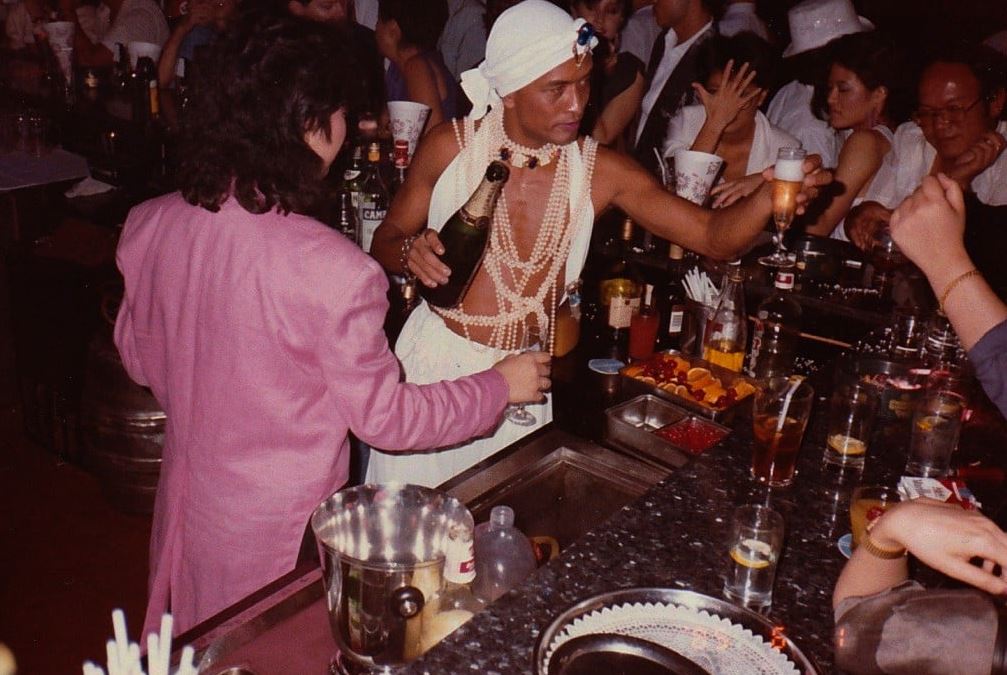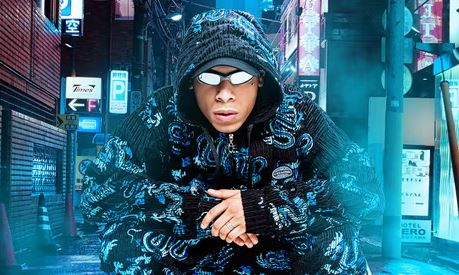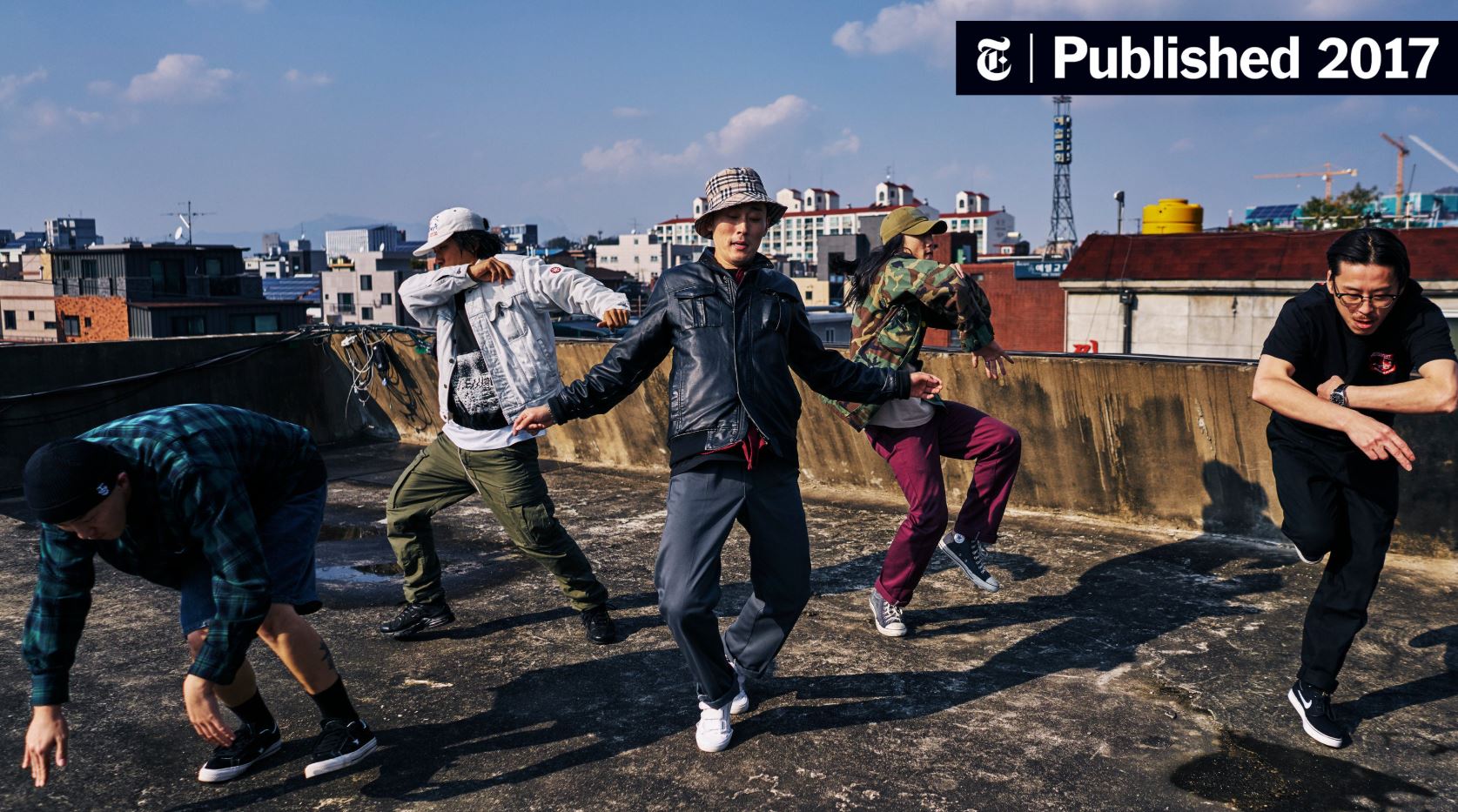The Rise Of The Funky Town Video A Cultural Phenomenon
The internet has long been a space where shocking and controversial content spreads like wildfire. Among the many videos that have gained notoriety over the years, one stands out for its gruesome and disturbing nature—the Funkytown Gore video. This particular video, which surfaced on the internet in the 2010s, has been the subject of much discussion, controversy, and even fascination within various online communities. Unlike typical viral content, Funkytown Gore gained traction not because of humor or entertainment value, but due to its horrific and unsettling imagery.
The origins of the video remain largely unknown, adding to its mystery and intrigue. Many believe that it was first circulated on the dark web before making its way to mainstream social media platforms. Despite efforts by authorities and content moderation teams to remove it, the video has continued to resurface on forums, social media, and video-sharing websites. The unsettling content has raised ethical questions about internet censorship, human curiosity, and the psychological effects of viewing extreme violence online.
At its core, the Funkytown Gore phenomenon represents more than just a shocking video—it highlights the internet’s role in shaping cultural reactions to graphic content. Some people seek out such material out of morbid curiosity, while others are horrified and actively campaign against its distribution. The discussion around this video has led to debates on digital ethics, trauma exposure, and the psychological impact of consuming distressing media.
As the internet evolves, so does the way content spreads and affects audiences. The Funkytown Gore video serves as a grim reminder of how viral media can sometimes venture into dark territories, sparking conversations about the limits of free speech, the dangers of unrestricted content sharing, and the responsibilities of digital platforms in curbing such phenomena. In this analysis, we will explore the origins of the Funkytown Gore video, the public reactions it has garnered, and the cultural impact it has had over the years.
Funkytown Gore: The Video That Shocked the Internet
The Funkytown Gore video is infamous for its extreme graphic nature, often described as one of the most disturbing videos ever circulated online. The video reportedly depicts an individual subjected to horrifying acts of violence while a song, commonly referred to as “Funky Town,” plays in the background. The juxtaposition of upbeat music with the gruesome scene only amplifies the unsettling nature of the footage, leaving viewers with a deep sense of discomfort and horror.
One of the primary reasons this video has gained notoriety is its intense brutality, which goes far beyond the average shock video. Unlike many viral gore clips that fade into obscurity, Funkytown Gore has maintained its relevance within dark corners of the internet, continuing to resurface across various platforms. This persistence raises significant concerns about the spread of violent content online and the ability of moderation systems to effectively control it.
The video’s origins remain ambiguous, with many speculating that it was created by criminal organizations as a form of intimidation or warning. Others believe it was leaked footage from a real-life crime scene, further adding to the morbid fascination surrounding it. Whatever the truth may be, the video’s presence has sparked major discussions regarding the ethics of sharing and consuming such material.
Despite its disturbing content, Funkytown Gore has developed a reputation within certain online communities that seek out extreme and controversial media. Some individuals are drawn to it out of curiosity, while others use it as a test of their psychological endurance. However, exposure to such graphic material can have lasting effects on mental health, potentially leading to desensitization, anxiety, and even trauma.
As the internet continues to evolve, so do the debates surrounding digital censorship, ethical content sharing, and the psychological consequences of consuming violent media. The Funkytown Gore video serves as a powerful example of the internet’s dark side, highlighting the complexities of viral content and its impact on society.
User Reactions and Cultural Significance
The Funkytown Gore video has evoked a wide range of reactions from internet users, reflecting the complex psychological and cultural implications of encountering extreme content online. Some viewers express sheer horror and disgust upon seeing the footage, while others feel an odd sense of intrigue. Regardless of individual reactions, the video has undeniably cemented itself as a significant cultural phenomenon within the digital age.
Many people who have accidentally stumbled upon the video describe their experiences as deeply unsettling. Online forums and discussion threads are filled with users warning others about the psychological toll of watching it. Some have reported having nightmares, feelings of anxiety, or even symptoms of post-traumatic stress after exposure. These responses highlight the serious mental health risks associated with viewing extreme violence.
On the other hand, there is a subset of internet users who actively seek out content like Funkytown Gore, drawn by morbid curiosity or a fascination with the macabre. Some individuals engage in discussions about the possible origins of the video, attempting to analyze its backstory and authenticity. Others view it as part of the internet’s long history of shock media, comparing it to past viral gore videos that have circulated online.
The cultural significance of Funkytown Gore extends beyond just its shock value. It raises critical questions about digital ethics, the desensitization of modern audiences, and the responsibilities of social media platforms in regulating extreme content. The video’s persistence despite repeated takedowns reflects the challenges of moderating the internet’s darker corners.
Furthermore, the Funkytown Gore phenomenon has contributed to larger discussions about true crime fascination and the ethics of consuming real-life violence as entertainment. While some argue that exposure to such content can serve as a cautionary tale about the darker aspects of humanity, others contend that its widespread sharing only fuels further violence and exploitation.
Ultimately, the video represents a larger cultural dilemma—how do we balance curiosity with ethical responsibility? How much control should platforms have over content that some deem educational or newsworthy while others see as exploitative? These are questions that remain relevant as digital culture continues to evolve.
The Funkytown Gore Community: A United Front
The online community surrounding the Funkytown Gore video is a complex and often controversial one. Some members seek to analyze the video’s origins and significance, while others share it simply to elicit reactions. Regardless of intent, these communities have played a crucial role in keeping the video alive within internet subcultures.
Many online forums, particularly on platforms like Reddit, 4chan, and Discord, have dedicated discussions to Funkytown Gore. Some threads focus on investigating the backstory, speculating about the victim’s identity and the perpetrators. Others function as warning hubs, where users caution newcomers against watching the video due to its distressing nature.
Interestingly, within these communities, a form of dark humor has developed around the video. Some users make memes and jokes referencing the infamous footage, often using humor as a coping mechanism to deal with its disturbing content. This phenomenon is not unique to Funkytown Gore—it reflects a broader trend of internet culture where dark or controversial topics are often processed through humor.
At the same time, there are those who actively work to remove the video from circulation. Many users report links and accounts sharing the content, arguing that such extreme material has no place on mainstream platforms. This divide within the community showcases the ethical complexities of moderating violent content while preserving freedom of information.
The existence of a dedicated Funkytown Gore community underscores the internet’s ability to bring together people with shared interests—whether for good or bad. While some use it as a space for discussion and education, others contribute to the continued circulation of disturbing content. The phenomenon raises important questions about online responsibility, content moderation, and the effects of digital communities on societal norms.
The Future of Funkytown Gore
The legacy of the Funkytown Gore video remains a topic of discussion among internet users, particularly regarding its long-term impact and the future of similar content. Despite efforts to remove it from mainstream platforms, the video continues to resurface, proving the difficulty of fully erasing viral content from the internet. This raises significant questions about digital permanence and the ability of online communities to preserve even the most controversial media.
As technology advances, artificial intelligence and improved content moderation tools may play a larger role in preventing the spread of extreme content like Funkytown Gore. Platforms such as YouTube, TikTok, and Twitter have already implemented stricter policies against violent content, but the effectiveness of these measures remains questionable. Users who actively seek out such material often find ways to bypass restrictions, whether through encrypted messaging apps, dark web forums, or niche websites dedicated to shock content.

Another important factor in the future of Funkytown Gore is the changing landscape of internet culture. While younger generations are growing up in an era where disturbing content is more accessible than ever, they are also becoming increasingly aware of the psychological risks associated with consuming such media. This shift in awareness may lead to a decline in the popularity of extreme shock videos, as more users recognize the potential harm they can cause.
However, history suggests that shocking and disturbing content will always have a place on the internet, regardless of the specific form it takes. From the early days of “shock sites” like Rotten.com to modern social media controversies, morbid curiosity has been a driving force behind the spread of graphic content. While Funkytown Gore may eventually fade from mainstream discussion, similar videos will likely emerge in the future, prompting renewed debates about the ethics of sharing such material.
In the coming years, the conversation surrounding Funkytown Gore and similar content will continue to evolve. Will stricter regulations and AI moderation tools effectively curb the spread of extreme videos? Or will underground internet communities ensure that such content remains accessible to those who seek it out? The answers to these questions will shape the future of digital content moderation and the broader implications of internet culture on mental health and ethics.
Conclusion: A Viral Legacy, a Cultural Phenomenon
The Funkytown Gore video has left an undeniable mark on internet culture, serving as both a cautionary tale and a reflection of the darker side of online media consumption. While its disturbing content has shocked and horrified viewers, it has also sparked important conversations about the ethics of sharing graphic material, the responsibilities of digital platforms, and the psychological impact of exposure to extreme violence.
For many, Funkytown Gore represents the worst of what the internet has to offer—an example of how disturbing content can spread rapidly and reach unsuspecting audiences. The video’s persistence across different platforms highlights the challenges of content moderation and raises concerns about the limits of censorship versus free speech. Some argue that such content should be completely eradicated, while others believe that individuals should have the right to choose what they consume online.
Beyond the ethical debates, the video has contributed to a larger cultural discussion about human curiosity and our relationship with shocking media. Throughout history, people have been drawn to the macabre, whether through true crime documentaries, horror films, or sensational news stories. Funkytown Gore exists within this broader framework, acting as a modern example of society’s fascination with the morbid and the extreme.

Ultimately, the Funkytown Gore phenomenon is a reflection of internet culture itself—unpredictable, sometimes disturbing, but always evolving. While the video may one day be forgotten by the mainstream, its impact on digital discussions, content moderation policies, and psychological studies of media consumption will likely endure. It serves as a stark reminder of the power of viral content, the ethical dilemmas of digital media, and the need for greater awareness regarding the consequences of consuming disturbing material online.
As time passes, the Funkytown Gore video will likely become another chapter in the long history of controversial internet content. However, its influence extends beyond mere shock value—it has played a role in shaping discussions about digital responsibility, ethical content consumption, and the future of online media.
One of the most significant aspects of the Funkytown Gore phenomenon is how it has prompted users to think critically about their online experiences. Many who have encountered the video have been forced to confront difficult questions: Why do people seek out disturbing content? What are the psychological effects of watching extreme violence? How should platforms handle such material without infringing on free speech? These discussions have led to greater awareness of the dangers of unregulated online spaces and the need for better digital literacy.
Furthermore, the video has influenced how social media platforms approach content moderation. While no system is perfect, the ongoing presence of Funkytown Gore has pressured companies to improve their policies regarding violent and graphic material. The use of AI moderation, stricter content guidelines, and user-reporting features has increased in response to viral controversies like this, demonstrating how public discourse can influence corporate decision-making.
Despite these efforts, it is unlikely that Funkytown Gore will be the last of its kind. The internet thrives on shock value, and as long as there is an audience for extreme content, similar videos will continue to emerge. What remains to be seen is how society will choose to respond—whether through stronger regulations, increased awareness, or a shift in cultural attitudes toward violent media.
In the end, the rise of the Funkytown Gore video is more than just a viral moment; it is a case study in the complexities of digital culture, human psychology, and the ethical challenges of the modern internet. Its lasting impact will not be measured by the number of views it has accumulated, but by the conversations it has sparked and the changes it has influenced in the ever-evolving world of online media.
EN -Unpacking The Viral Sensation Miss Kittys Journey And Her Impact On Social Media
The Heartwarming Story Behind Terlanjur Indah A Glimpse Into Lifes Beauty
Melissa Mercado Video Leaked Poldance
Miss Kittys Viral Phenomenon Unpacking The Impact Of Setelah Bu Guru Salsa
Pwi Pusat Drops Raja Isyam Doni And Anthony From Official Website
Bu Guru Salsa Viral New Video Telegram
Video Bokeh Japanese Word Origin Full


 | Sitemap | Mail
| Sitemap | Mail